Openreach Sees Better Broadband Install and Repair Performance
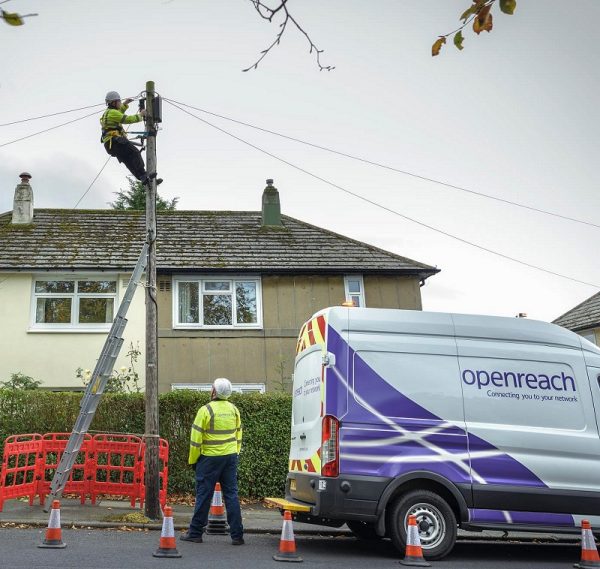
A new update from Ofcom appears to show that the Quality of Service levels (i.e. minimum standards for repairs and new line provision) they imposed upon Openreach (BT) a few years ago are continuing to deliver improvements, which have also resulted in “more reliable” broadband services for UK consumers.
The first such standards (service level targets) were introduced way back in 2014, after Ofcom noted a steady decrease in various areas of service quality from Openreach (e.g. the time taken to carry out repairs or installations of new services). But since then there has been a marked improvement.
The regulator’s analysis shows that, each time they increased the minimum service levels, repair service levels increased, on average, by around 2.6% points. For 2019, this is the equivalent of around 136,000 more repairs taking place on time than would otherwise have been the case (Openreach have had to hire more engineers to help facilitate all this).
Ofcom also spoke to ISPs in order to get their views on how Openreach’s service performance has improved, which “confirmed the service was more reliable than it had been prior to the introduction of the standards.” Admittedly some of those improvements will be due to other reasons, not only the regulator’s tinkering.
You can see how things have changed by looking at the latest stats for repairs, first available appointments and installations of hybrid fibre broadband (FTTC) or fixed line rental services (MPF, SMPF, WLR) below. Take note that SML1 and SML2 below reflect different care levels (i.e. SML2 = faster repairs, usually within one day, while SML1 could take a day longer).
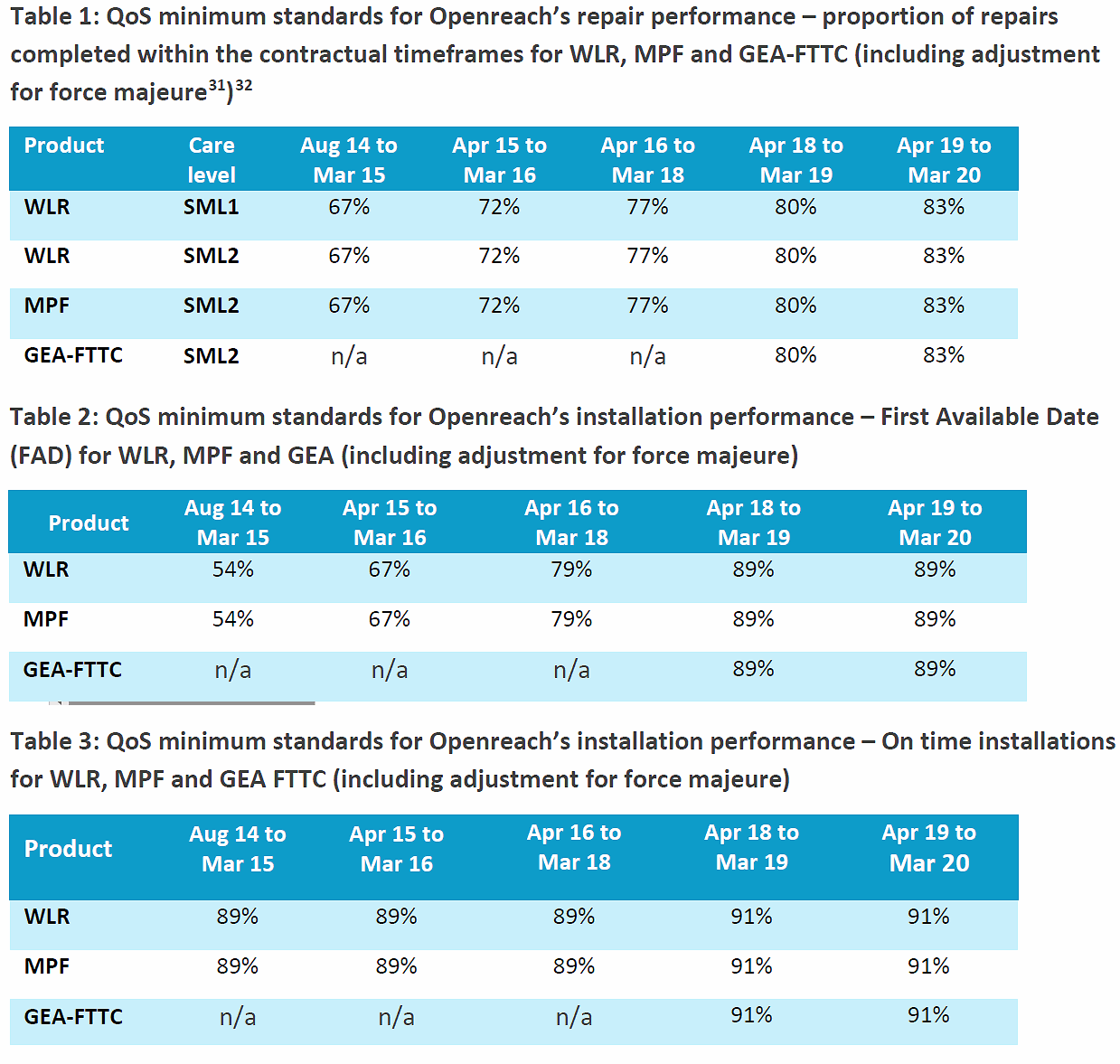
Lessons Learned by Ofcom
1. Phased introduction of regulatory controls can help companies to adjust to new standards. Some telecoms providers suggested that the initial minimum standards were too lenient and, therefore, did not immediately bring about improved services. However, when introducing the standards, we knew at the time that Openreach would need time to restructure and hire enough engineers to be able to comply. Therefore, the standards were deliberately designed to become more stretching over time.
2. The risk of reputational harm is an important incentive to comply with the regulation. A number of telecoms providers told us that Openreach had a strong incentive to improve performance because of our monitoring and the risk of reputational harm if it did not meet the standards we had set. As part of the standards, Openreach must publish its performance on important measurements.
3. We should continue to be mindful that quality standards can potentially induce unintended demand and supply changes. When we introduced the new standards, we were aware that it could lead to Openreach switching resources away from services not covered by the standards to services covered by them.
Another potential outcome was that some customers might switch to products with lower care levels as the reliability of those products increased because of the new standards. However, we did not find evidence that service standards had dropped for unregulated services nor did we find evidence that more customers were switching to services with lower care levels.
The full report can be read on Ofcom’s website (here) and Openreach also tracks their own progress toward the regulated targets (here). We should point out that the regulator’s summary won’t yet have been able to account for the impact of the COVID-19 (Coronavirus) crisis, although they are mindful of this and the rules do allow some flexibility for events beyond their reasonable control.
Mark is a professional technology writer, IT consultant and computer engineer from Dorset (England), he also founded ISPreview in 1999 and enjoys analysing the latest telecoms and broadband developments. Find me on X (Twitter), Mastodon, Facebook and Linkedin.
« Vodafone UK Extend NHS Unlimited Data Offer to Care Workers
ISP Virgin Media UK Reports Mild Broadband Customer Growth »
Latest UK ISP News
- FTTP (5515)
- BT (3514)
- Politics (2537)
- Openreach (2297)
- Business (2262)
- Building Digital UK (2244)
- FTTC (2043)
- Mobile Broadband (1973)
- Statistics (1788)
- 4G (1664)
- Virgin Media (1619)
- Ofcom Regulation (1461)
- Fibre Optic (1395)
- Wireless Internet (1389)
- FTTH (1381)







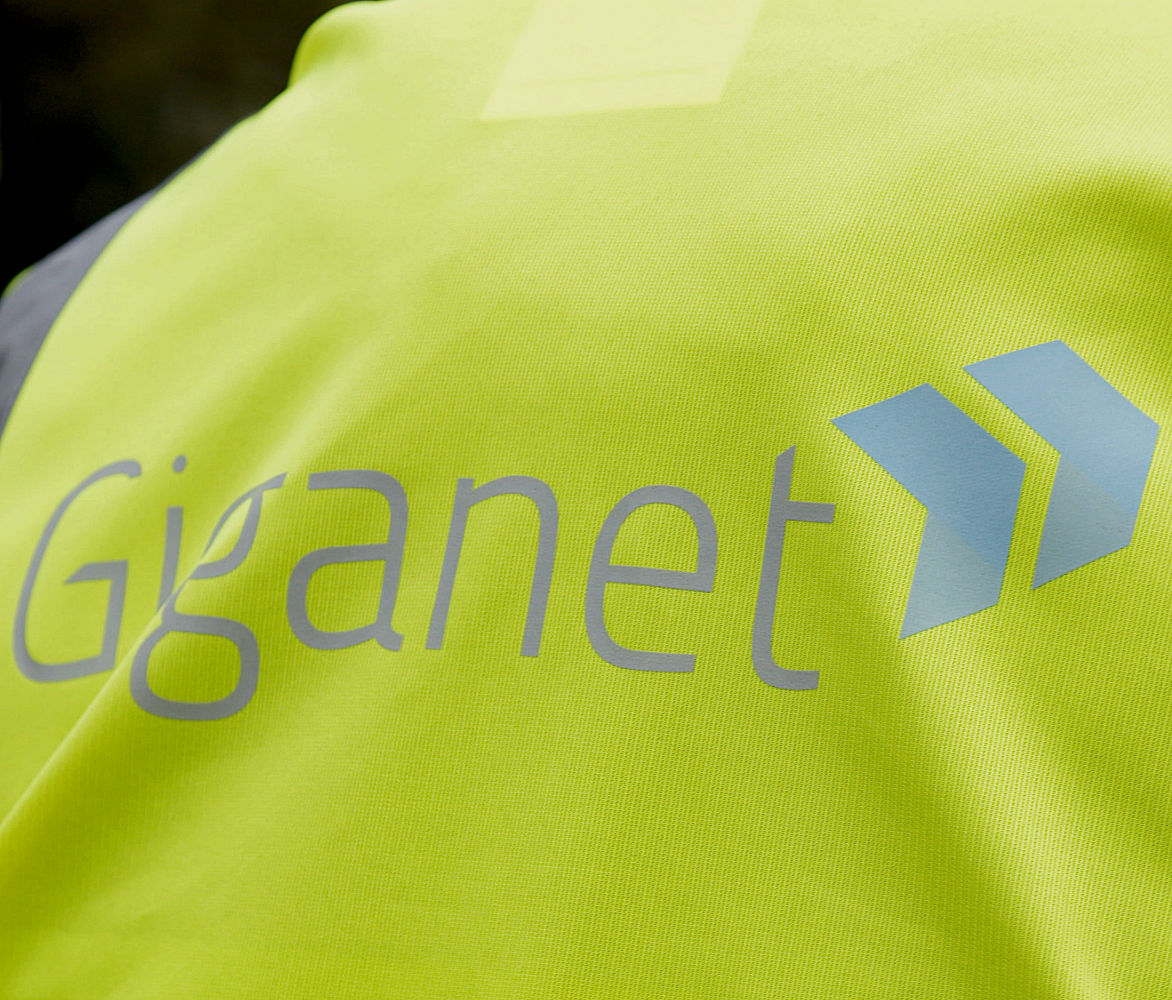


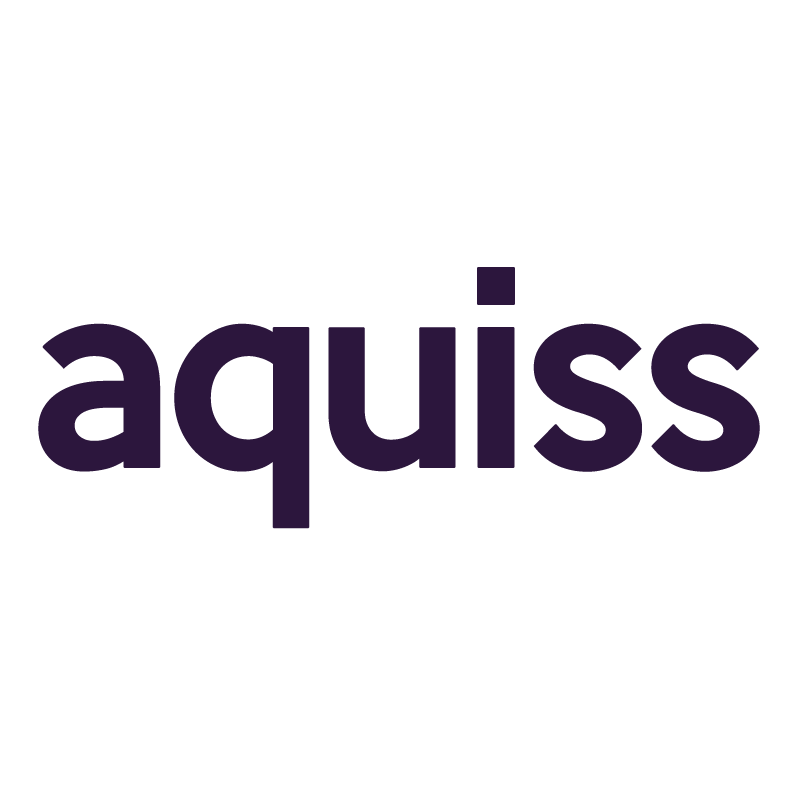










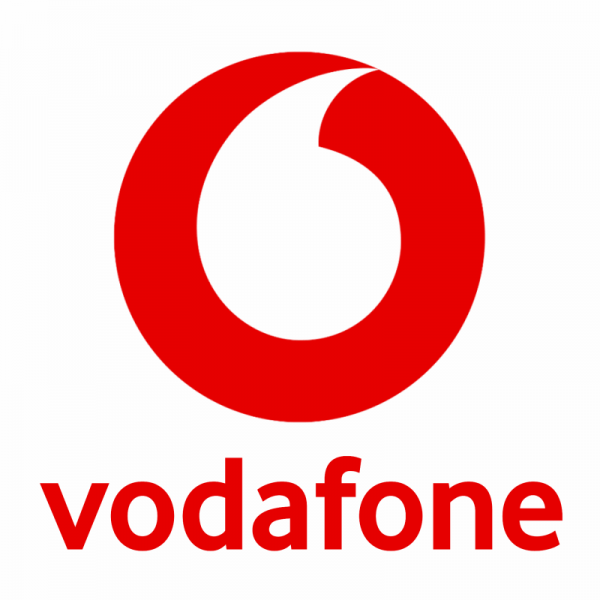

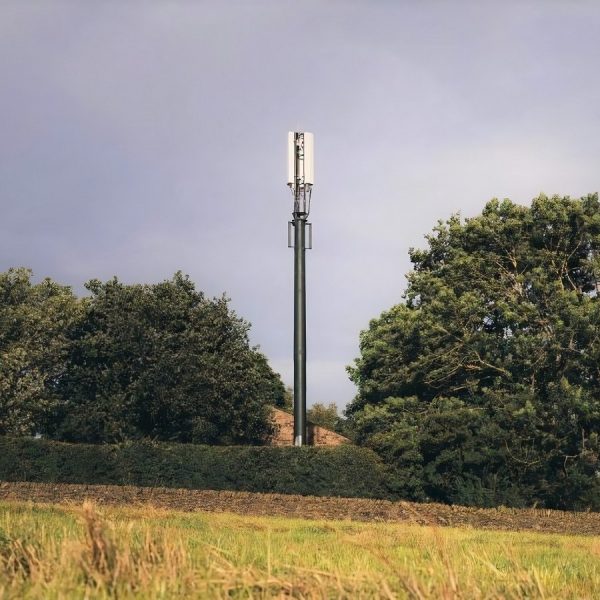
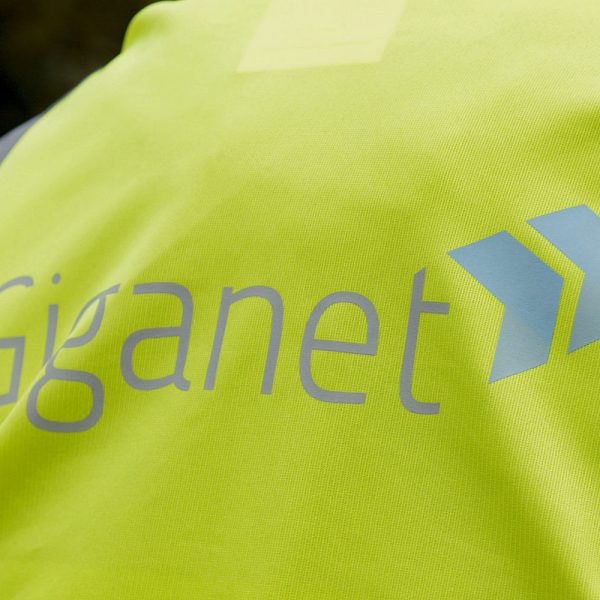




































Comments are closed